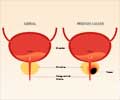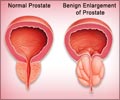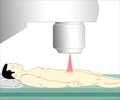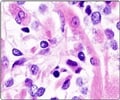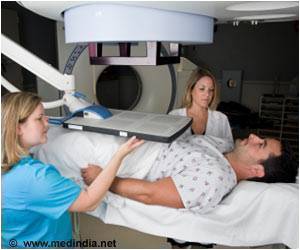A widely-available yet expensive radiotherapy technique used to treat prostate cancer patients after surgery has promising benefits—higher dose and less damage to the
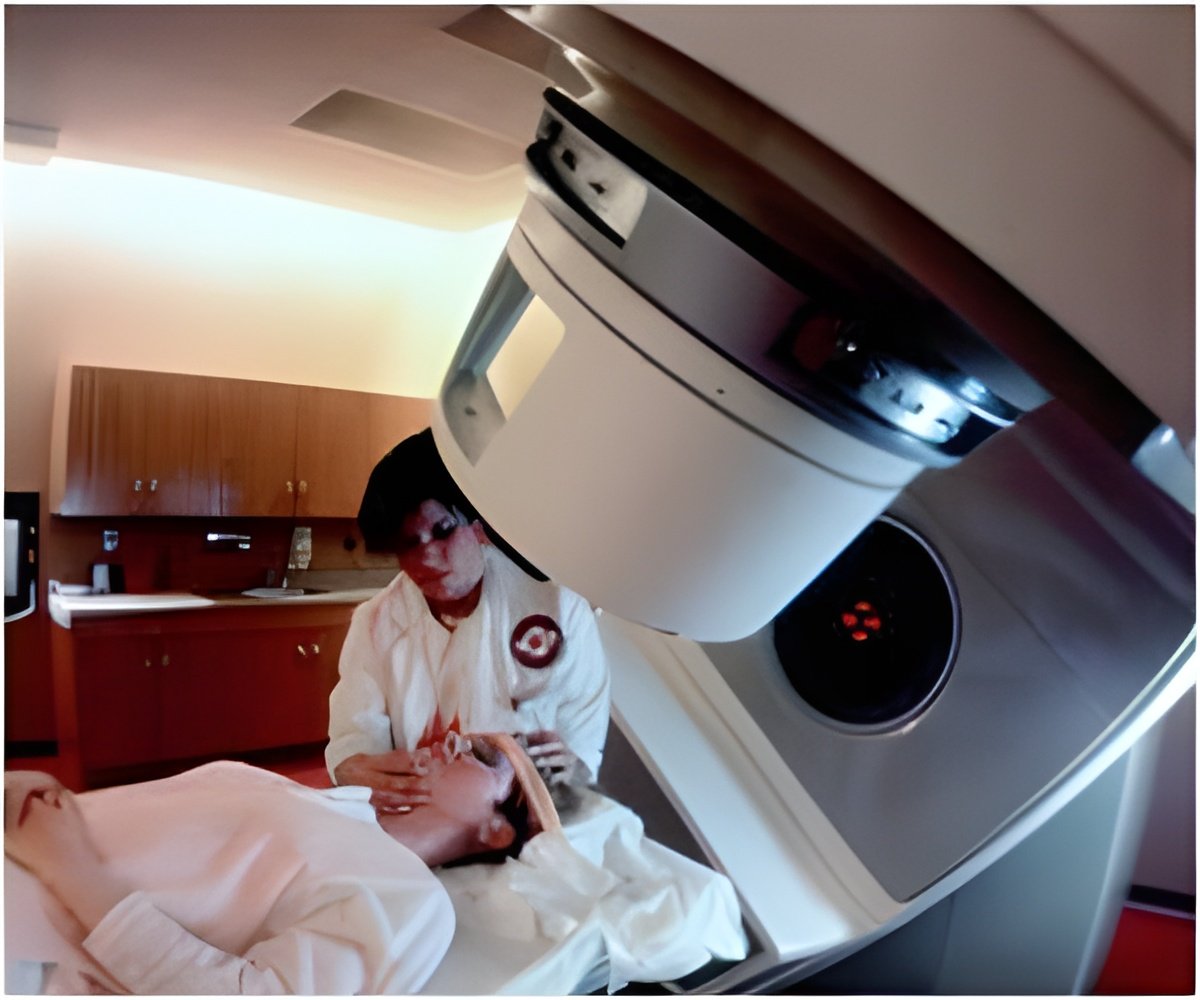
Higher doses to the prostate bed have been shown to be more effective in that setting for controlling prostate-specific antigen (PSA) levels.
IMRT is currently being used at some centers in the United States, including the Kimmel Cancer Center, to treat men after they've had their prostate glands removed, but detailed data are limited evaluating the advantages of this approach compared to 3D conformal radiation therapy. In other words, documented justification for the approach was lacking.
"This is the first contemporary study to look at IMRT versus 3D radiation therapy for post-op patients using consensus guidelines," said Timothy Showalter, M.D., assistant professor of Radiation Oncology at Thomas Jefferson University, and an expert in image-guided therapy of prostate cancer. "This is also filling a gap for information that no one supplied before to show that this radiotherapy is beneficial in the postoperative setting, similar to its role in non-surgical approaches."
"The reason that it's more and more relevant now is that there are emerging data to support doing adjuvant radiation therapy after prostatectomy for high risk patients," he added.
There a variety of toxicities associated with radiation therapy after a prostatectomy, including late gastrointestinal bleeds, loose stools and painful bowel moments, but IMRT can minimize damage that can lead to such side effects.
Advertisement
Future studies, the researchers report, should determine whether these advantages translate into improved clinical outcomes for prostate cancer patients.
Advertisement

